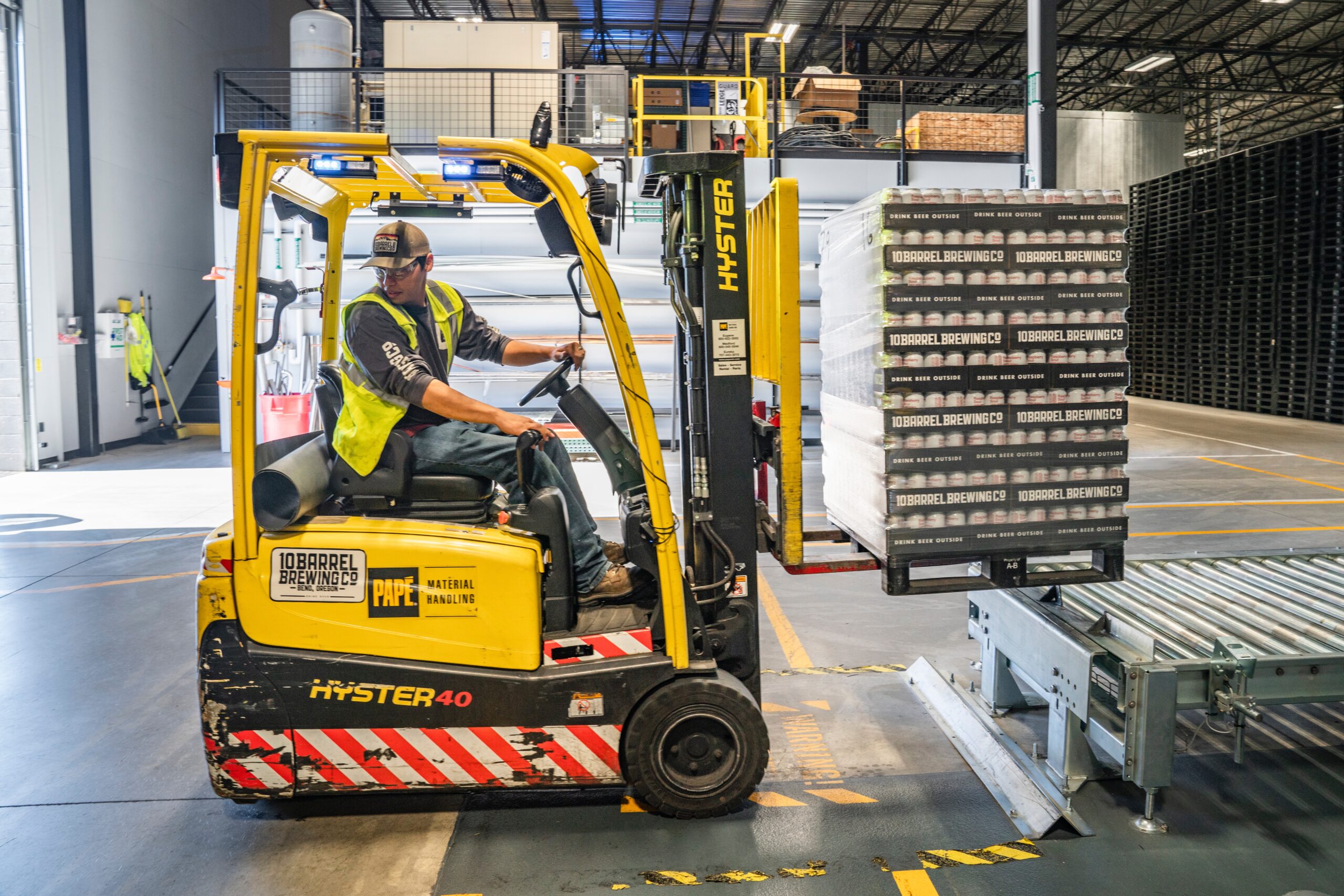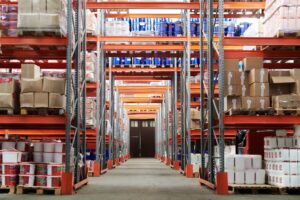Liquidation pallets have emerged as a popular means for businesses and individuals to acquire inventory at a fraction of the retail cost. Whether you’re a small retailer, an online seller, or simply someone looking for a bargain, understanding the nuances of liquidation pallets is crucial. In this article, we delve into the factors that influence purchasing a liquidation pallet, the inherent tradeoffs, and the challenges faced by buyers.
What are Liquidation Pallets?
Liquidation pallets, often termed “return pallets,” are batches of merchandise sold by retailers or manufacturers at a significantly reduced price. These goods could be overstock, customer returns, shelf pulls, or products from a store closure. As businesses aim to free up warehouse space and quickly recoup some of their investments, they turn to liquidation sales.
Factors Impacting the Purchase of a Liquidation Pallet
- Source of the Pallet: The origin of the pallet plays a crucial role. Renowned retailers or established liquidation companies often offer more reliable product quality and better documentation.
- Condition of Goods: Liquidation pallets can contain brand new items, slightly used, damaged, or even salvage goods. It’s essential to understand the mix of conditions to estimate the pallet’s potential value.
- Product Category: Electronics, clothing, home goods, and other product categories can have varying degrees of demand and profit margins.
- Volume and Size: The size of the pallet and the number of items can affect the initial investment and potential returns.
- Logistics: Shipping or transporting the pallet, especially for international buyers, can add substantial costs.
Tradeoffs to Consider
- Cost vs. Quality: While liquidation pallets can be cost-effective, they might contain a higher percentage of unsellable or low-quality items.
- Volume vs. Value: Larger pallets may offer better per-item prices, but they might also include a more significant number of unsellable products.
- Risk vs. Reward: The unpredictability of pallet contents can mean high rewards but also potential losses.
Challenges with Liquidation Pallets
- Inconsistent Inventory Lists: Not all sellers provide detailed inventories, making it hard to ascertain the pallet’s value.
- Market Saturation: As more sellers tap into liquidation sales, the competition increases, potentially driving down prices.
- Return Policies: Some liquidation sellers might not offer returns, making the initial purchase a significant commitment.
- Authenticity: There’s a risk of counterfeit or imitation products, especially in categories like electronics or branded clothing.
Making Informed Decisions
When considering buying return pallets, it’s essential to assess the potential impact on your business or investment. Factors such as storage space, the ability to refurbish or repair items, and market knowledge can heavily influence outcomes.
Conclusion
Liquidation pallets offer a world of opportunity, but they also come with inherent challenges. By understanding the factors at play, potential buyers can make informed decisions that align with their financial goals and risk tolerance.




